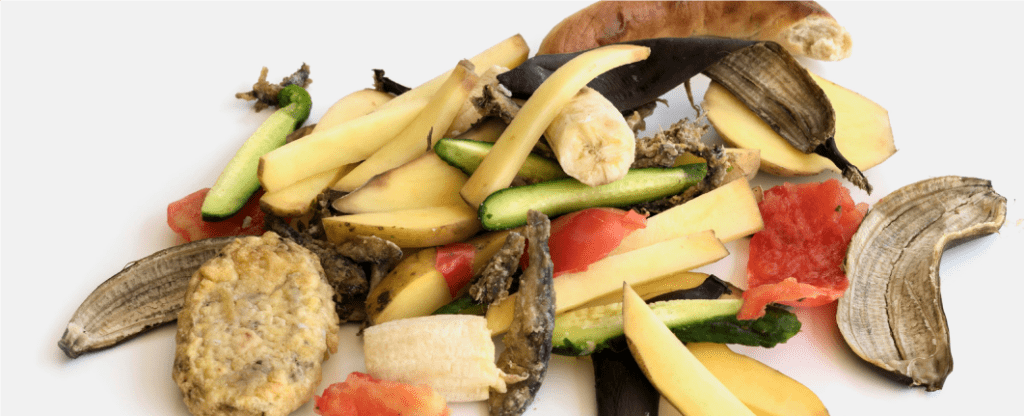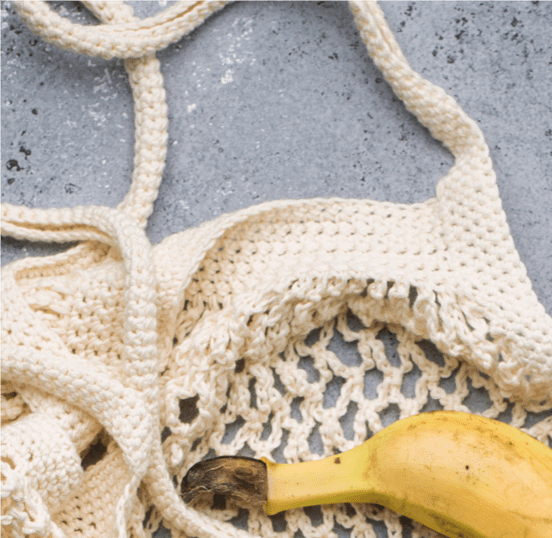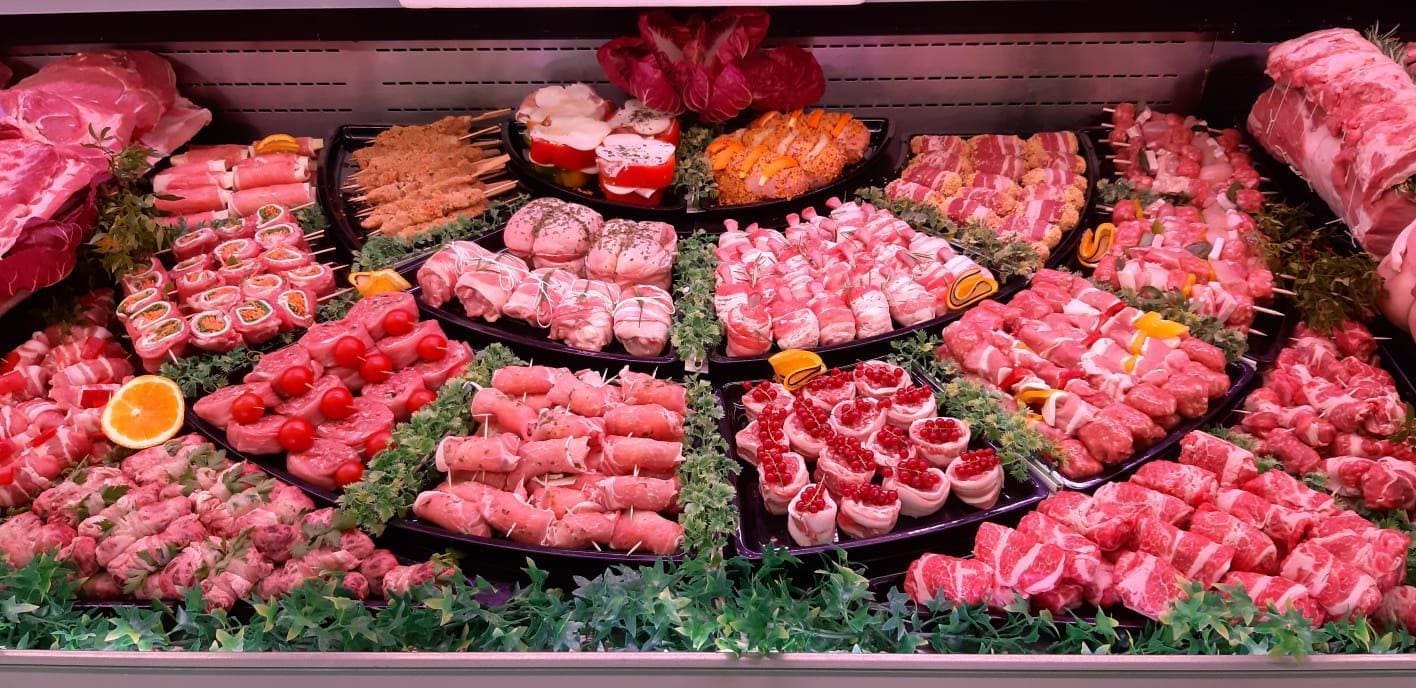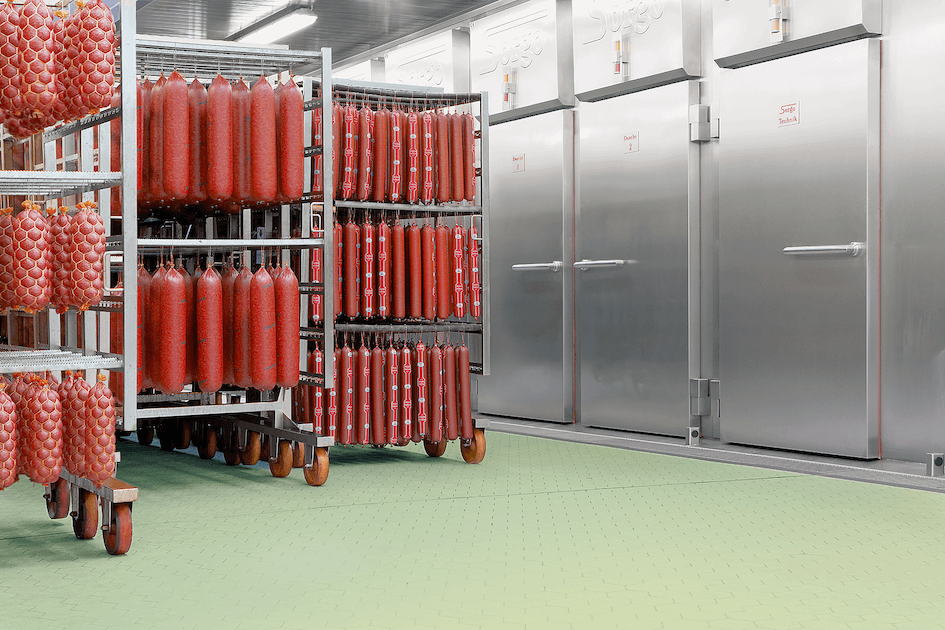
Food packaging to combat food waste. It may seem like a play on words, but new technologies are talking about edible packaging based on natural components or derived from by-products of the food industry. It is the new challenge of sustainability, as taught by the well-known trio: reduce, reuse, recycle.
The numbers are alarming: 1.3 billion tonnes of food are lost every year. By 2030, this figure is expected to soar to 2.1 billion. With a planet struggling to sustain us, a climate gone haywire, and a population increasing exponentially, food waste is a serious issue.
One example concerns fish: every year, 35% of the catch is lost or discarded before it is commercialized. This is equivalent to 3 billion Atlantic salmon. A staggering amount that we can’t even imagine.
Given that tackling food waste has been an imperative for over a decade, one strategy could be to convert it into packaging. That is, discarded food could be used to store other food. A utopia? No, if you consider that smart solutions have been under study for some time now, finding literal fertile ground in developing countries.
One, among many, concerns the production of bags created with a flour obtained from the crushing of tropical fruit waste, capable of biodegrading in 3-6 months and living on the shelf for up to two years, costing 10% less than non-biodegradable plastic bags.
Moreover, we have the case of films made through a particular processing of natural hydrocolloids and active agents; these are not only sustainable packaging for food preservation, but also edible.

A comprehensive study by Bahçeşehir University (BAU) in Istanbul is working on producing biodegradable food packaging from food waste or by-products of food production, working together with a packaging industry partner and a food industry partner. The study is supported by the FAO Regional Office for Europe and Central Asia and Interpack, and will be publicly presented at the end of spring.
The crucial role of packaging
Why is packaging so important in combating food waste? Firstly, because the packaging industry has a significant weight. It is the largest industrial sector in the world, second only to the food and petrochemical industry. The packaging industry is among the top 5 industries in all countries in the world, with annual growth rates between 3 and 5%. It is not difficult to understand how the concept of sustainability is more pressing than ever here.

Furthermore, in the food sector, waste due to packaging is extremely high. Some data can give us a picture: 300 million tonnes of plastic are produced every year, and half of it is used only once. In particular, plastic used for packaging represents about 40% of the total plastic produced, and most of it ends up in a landfill.
As if that weren’t enough, only 30% of the plastic used in food packaging is recycled, while most of it ends up scattered in the environment.
If we then look at emerging countries, we find that inadequate packaging performance is precisely what causes incorrect food preservation and, consequently, food waste.




